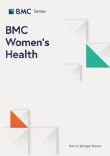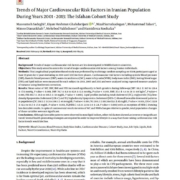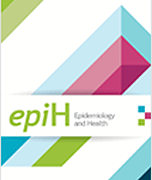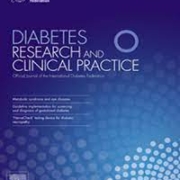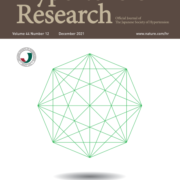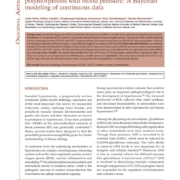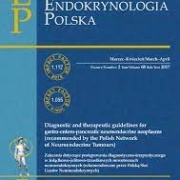Posts
Hypertension, as a risk factor for cardiovascular diseases, is highly influenced by dietary parameters. This study aims to investigate the possible association of hypertension prevalence and nut consumption.
/0 Comments/in News, Rafsanjan Cohort Study News /by RACSIn this cross-sectional study, 9990 participants from the Rafsanjan cohort study, as a part of the prospective epidemiological research studies in IrAN (PERSIAN), aged 35-70 years were included. Nut consumption was assessed using an abbreviated food questionnaire. Further, demography, personal habit, physical activity, medical history, blood pressure, and body mass index (BMI) questionnaires were used. Logistic regression models were applied to examine the possible relationship between hypertension risk and nut consumption. Statistical analyses were performed using STATA statistical software.
The results showed that the average consumption of all nuts except walnuts was significantly higher in non-hypertensive individuals (P<0.001). In the crude regression model, the odds of hypertension were significantly lower among pistachio, walnuts, seeds, and total nuts consumers. However, a protective association was observed between the prevalence of hypertension and the consumption of all nuts together and seeds, after adjusting for sex, age, and other confounders.
The data show that the intake of all nuts and seeds is inversely associated with hypertension risk.
Is salt intake reduction a universal intervention for both normotensive and hypertensive people: a case from Iran STEPS survey 2016
/0 Comments/in Publication, Publication, Publication, Publication, Publication, Publication, STEPs Publications /by STEPsOral contraceptives and hypertension in women: results of the enrolment phase of Tabari Cohort Study
/0 Comments/in Mazandaran Cohort Study Publications /by MCSTrends of Major Cardiovascular Risk Factors in Iranian Population During Years 2001-2013: The Isfahan Cohort Study
/0 Comments/in ICS Publications /by ICSPre-hypertension and the risk of diabetes mellitus incidence using a marginal structural model in an Iranian prospective cohort study
/0 Comments/in Shahroud Eye Cohort Study Publications /by SHECSProgression from optimal blood glucose and pre-diabetes to type 2 diabetes in a high risk population with or without hypertension in Isfahan, Iran
/0 Comments/in Publication /by IDPCGlucose and the risk of hypertension in first-degree relatives of patients with type 2 diabetes
/0 Comments/in IDPC Publications /by IDPCAssociation of GSTT1 and GSTM1 polymorphisms with blood pressure: A Bayesian modeling of continuous data.
/0 Comments/in ICS Publications /by ICSComparison of systolic and diastolic blood pressure with pulse pressure and mean arterial pressure for prediction of type 2 diabetes: the Isfahan Diabetes Prevention Study
/0 Comments/in IDPC Publications, IDPC Publications /by IDPCContact
No.24, Aarabi St, Yaman St, Velenjak, Research Institute for Endocrine Sciences, Shahid Beheshti University of Medical Sciences, Tehran, Iran. Postal Code: 1985717413, P.O Box: 19395-4763
- Tel: +982122432500 (612, 457)
- Tel: +982122402463
- Fax: +982122416264




